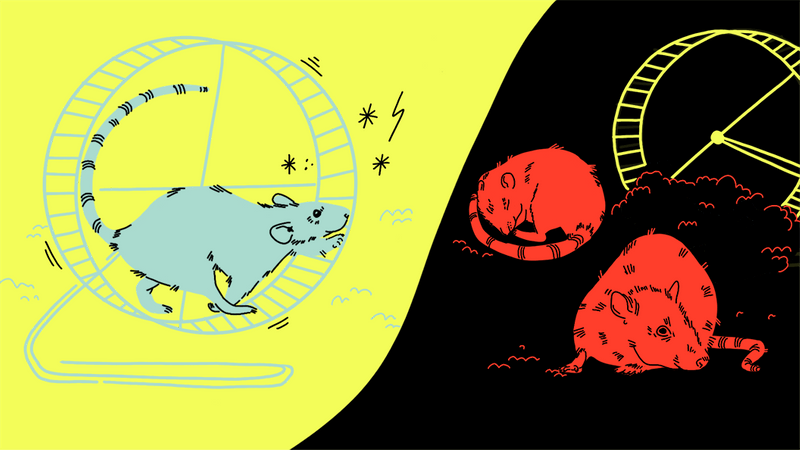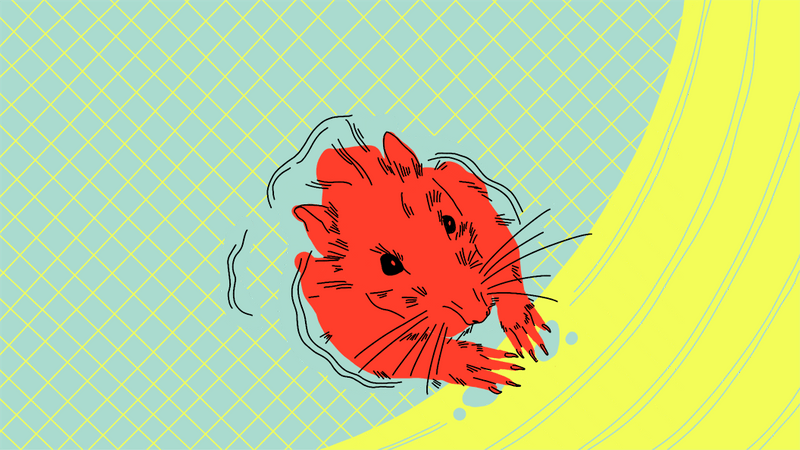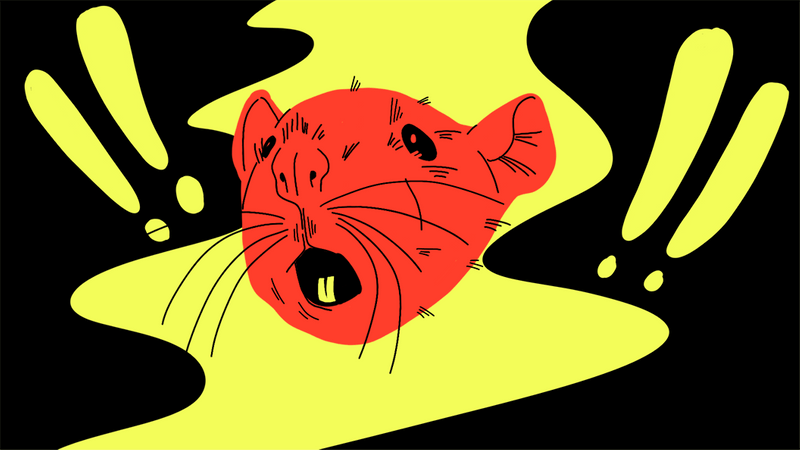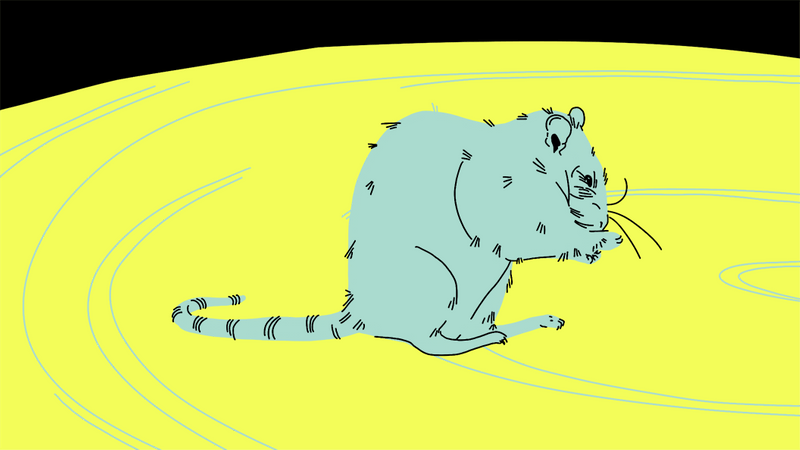The brain is not a muscle, but it can work like one.
So how does this work?
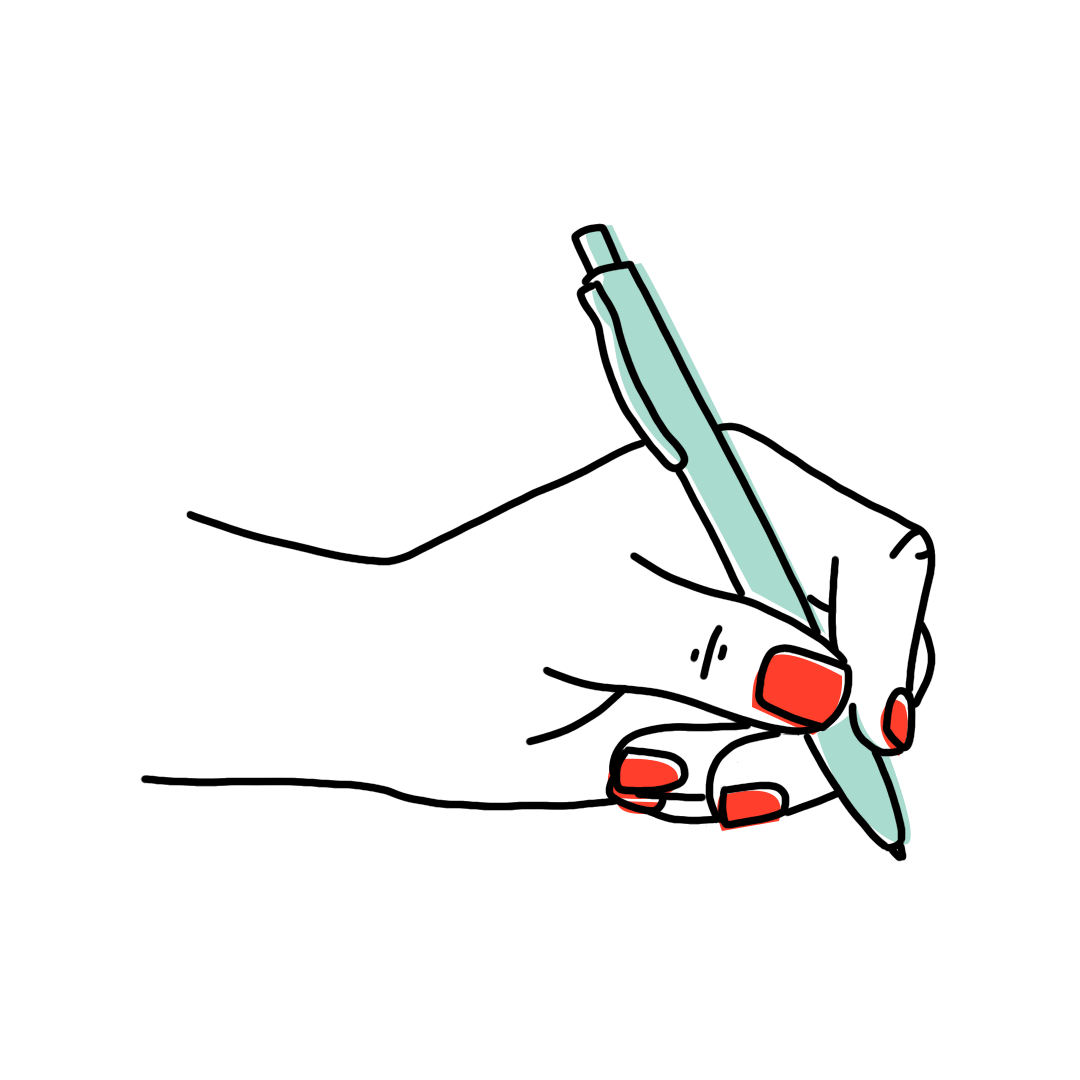
Step one
Grab a pen and a scrap piece of paper, and sign your name as if you are signing a contract or a check.
Step two
Now switch hands and sign your name with your non-dominant hand.
Unless you are ambidextrous, this might have been pretty hard. Your brain is wired to sign with your dominant hand.
But if you went to work and practiced this every single day, you would likely get better.
So what would it take to get better at this, to rewire the brain?
Practice
Time
Repetition
Support
Flexibility
Patience
Skill-building
Practice
Time
Repetition
Support
Flexibility
Patience
Skill-building
PHYSICAL ACTIVITY!
One of the most effective ways to train a brain is by leveraging physical activity. Physical activity benefits the brain as much as the body. [33]
How it all works
The setup:
A group of researchers looked at two groups of rats. One group lived in a cage with rat wheels, and one group lived in a cage where the rat wheels were locked. Rats like exercise; they have been shown to run as much as 2.5 miles per night in laboratory environments.
The trigger:
After the rats lived in these environments for a while, they were exposed to cold water, a stressful environment for them. In the water, there was a path they could find that would take them up and out of the water.
The result:
The rats with no physical activity panicked when they experienced the water. Their heart rates went up, and they were not able to get out of the water. Examinations of their brains showed all the fight-or-flight neurons going crazy. The rats with physical activity had a different response to the water. They were able to figure out a way out. Examinations of their brains found that the chemicals that calm neurons, inhibit arousal, and prevent the amygdala from going crazy were all in action. The brain protected itself.
The conclusion:
Physical activity makes a difference in the brain’s ability to activate defense mechanisms during stressful situations.
So how does this all relate back to stress?
Remember what happens to the body when it experiences stress? Sweat, increased heart rate, and tight muscles.
Now think about what happens to the body during exercise. Sweat, increased heart rate, and tight muscles. But during a workout, an athlete can do something that they can’t do during a moment of stress: they can stop.
Extreme forms of stress are defined by the loss of control. We can’t stop it, so stress responses take over. But when we are physically active, we have control over our physiological responses. Being physically active helps people take back control and practice modulating stress responses.
Like the rats, when we make exercise and physical activity a habit, the brain knows how to send messages down a different route to the amygdala, rewiring the stress response. At the most basic level, the brain knows how to manage stress better because physical activity is a manageable stress that can be controlled. It’s good practice.
It takes time to rewire the brain
For girls whose brains have been changed by stress, you as a coach can help them rewire it back. With patience, you can make a big difference that will equip your girls with the ability to maintain control in stressful situations on and off the field.
How can you help a girl who has a lot of stress to change her behavior?
- Recognize that she isn’t here to ruin your day; she’s doing her best.
- Practice: Do it over and over.
- Be patient: Know that change takes time.
- Leverage what you can: your relationships, your safe space.
The cornerstone of everything you can do for your players is to have the knowledge that, if you believe you can grow, you will.
The growth mindset
Researcher Carol Dweck defines the growth mindset as knowing that we can always do new things with confidence, effort, and persistence. The opposite of this would be the fixed mindset, where we can’t improve or grow what we have in terms of talent, brain power, and innate ability over time.
At the heart of your every action as a coach is the deep, unwavering belief that — with the right combination of love, intention, structure, persistence, patience, and understanding — you have the power to help a girl improve in some way.
POWERED BY
Privacy Policy | Terms & Conditions | © 2019 adidas America Inc.
© UP2US 2019



